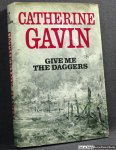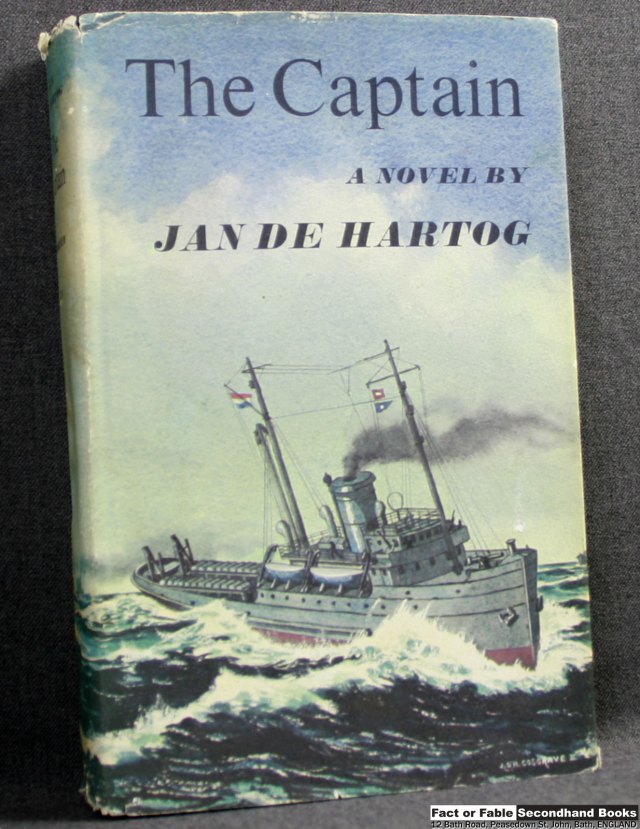Home of the Fleet: A Century of Portsmouth Royal Dockyard in Photographs by Stephen Courtney & Brian Patterson lands on the shelves of my shop.
Stroud: Sutton Publishing in association with the Royal Naval Museum, Portsmouth, 2005, Hardback in dust wrapper.
Illustrated by way of: Black and White Photographs;
From the cover: RICHLY ILLUSTRATED with photographs from the Royal Naval Museum and Historic Dockyard Collections and exclusive, newly commissioned photographs, Home of the Fleet will appeal to anyone who is interested in Britains naval heritage. At the turn of the twentieth century, the Royal Dockyard at Portsmouth had already experienced sixty years of dramatic change as Britains fleet moved from the sail-powered wooden warships that had triumphed at Trafalgar to armoured and steam-powered modern battleships. In 1905 the Dockyard was chosen to build the revolutionary HMS Dreadnought, featuring engines capable of driving the ship through the water at 22 knots, wireless telegraphy and guns able to throw an 850-lb shell more than 10,000 yd.
The First World War shifted the Dockyards primary focus from the construction of new warships to the repair and maintenance of existing vessels and saw some 1,800 women employed alongside men in every aspect of operations. After years of cutbacks, the rearmament of the 1930s and then the outbreak of the Second World War brought renewed challenges to the Dockyard and the wider Portsmouth community, as bombing raids killed 930 people and injured 2,837 more.
The war years gave way to the uncertainties and massive changes engendered by the onset of the Cold War. Hard times followed in the 1970s as defence cuts resulted in redundancies. The Falklands War of 1982 prompted a major review of Britains naval priorities, however, and turned the Dockyard into a hive of activity once again. In accordance with Government policy of putting dockyards and bases under commercial management control, the Dockyard was taken over by Fleet Support Limited in 1998. As the new millennium approached it was announced that shipbuilding would return to Portsmouth with the construction of the new Type 45 destroyer. Portsmouth is now ready to meet the challenges of the twenty-first century.
Very Good in Very Good Dust Wrapper.
Black boards with Gilt titling to the Spine. [X] 172 pages. Index. Bibliography. 10¾” x 7¾”.
Of course, if you don’t like this one there are plenty more available here!










